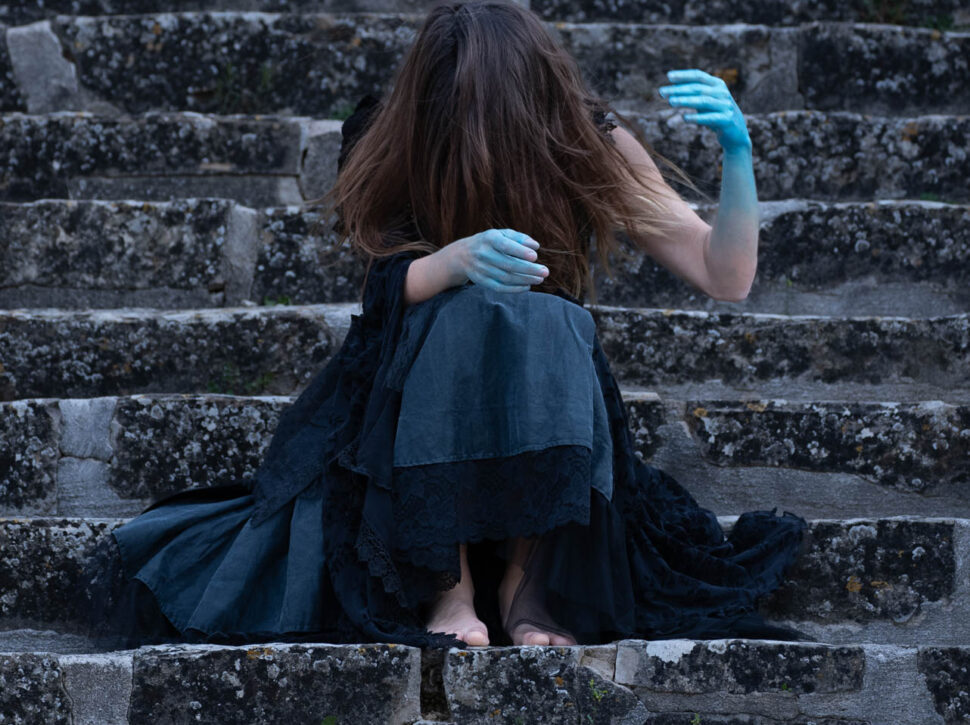Milagros García Salgueiro
My name is Milagros, I was born on September 15, 1993, in Buenos Aires, Argentina. I am the daughter of teachers and the eldest of three siblings. When I was 7, my family moved to a small town in the province of Córdoba, where we were surrounded by mountains, German immigrants, gauchos, and chacareras. My first steps as a dancer were taken in front of a full-length mirror to the rhythm of traditional Galician music. Seeing me dance, my mother signed me up for every dance class available for kids in town. I went from dancing tango and Argentine folklore to Spanish dances, ballet, and finally contemporary dance. At the same time, my father insisted that I study music, spending many years in front of the piano and practicing solfège, something I hated back then.
At 18, I moved to the city of Córdoba, where I studied at the Universidad Provincial de Córdoba and collaborated with various dance and theater companies there. At 22, I moved to Barcelona with the desire to keep dancing as much as I could. I worked as a waitress, as a fish shop saleswoman, as an art model, in food trucks, and at the Gracia neighborhood festivals. I made new friends. I learned to speak English. I fell in and out of love. I traveled. I did awful auditions. I tried calçots. And whenever I could, I kept dancing. At 25, together with Valentina Azzati, I started the project Si Los Martes Fueran Viernes (If Tuesdays Were Fridays).
Between 22 and 31, I collaborated with various companies and projects, some more appealing than others, but all of them left a mark on how I dance and understand the stage. Some of them: LaCerda, João Fiadeiro, Colectivo La Majara, Los Informalls, Lucas Condró, and Mal Pelo. I also discovered teaching, which led me to carry out the *Prácticas para un Futuro* (Practices for a Future) labs, participate in the projects *EnResidencia* and *SuDanza*, and teach in various spaces. I also rediscovered my interest in music and began to create sound design for the pieces of SLMFV and to advise different colleagues. I also discovered the films of Lynch, Varda, Rohrwacher, and *Plats Bruts*, the sardana, and the correfocs. I also visited the town where my grandfather was born in Galicia and met my Spanish family. I also discovered Kali Malone, the books of Irene Solà, and saw a medieval castle for the first time. I also learned about the “emparedadas” (walled-in women) and medieval mystics who inspired my first solo, *Es pecado que una virgen ría con descaro* (It’s a sin for a virgin to laugh brazenly).
For now, I’m still dancing. And as my grandmother used to say, “thank God,” I’m doing well.





